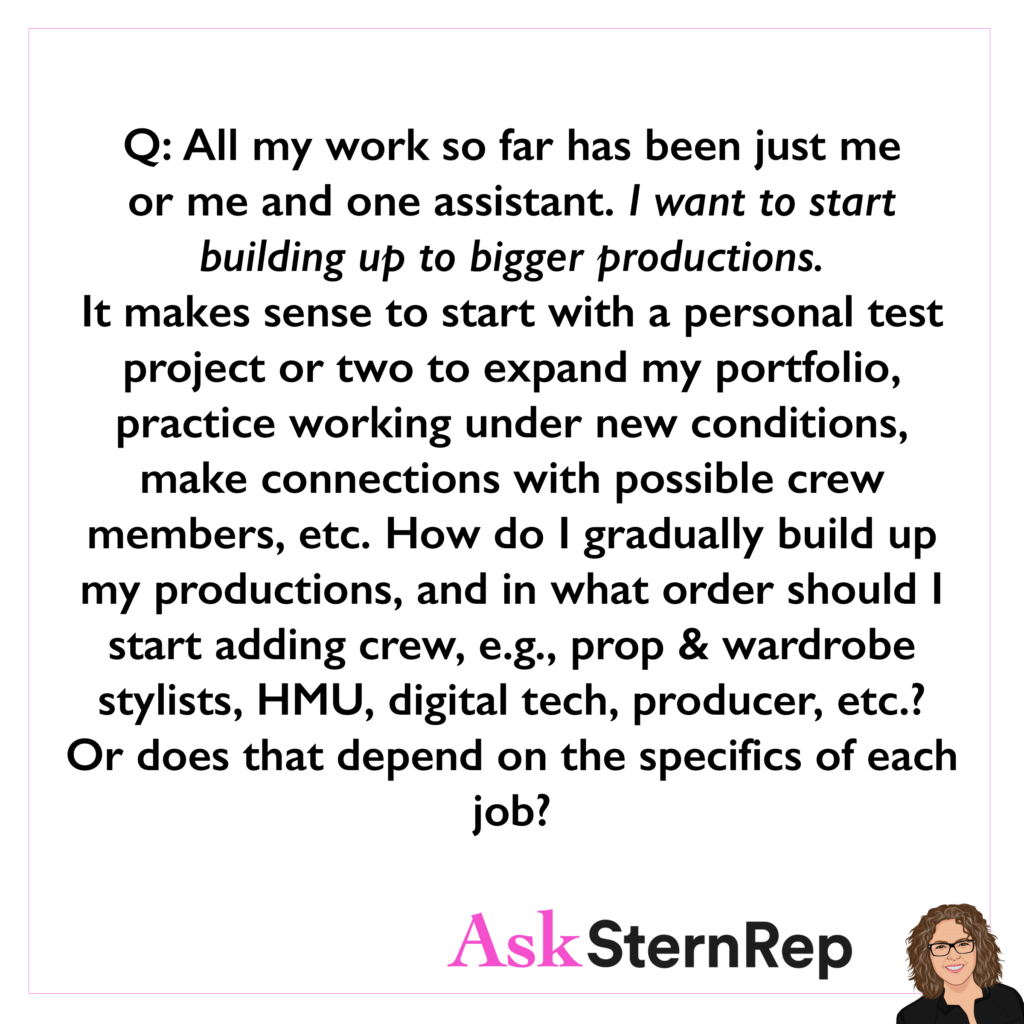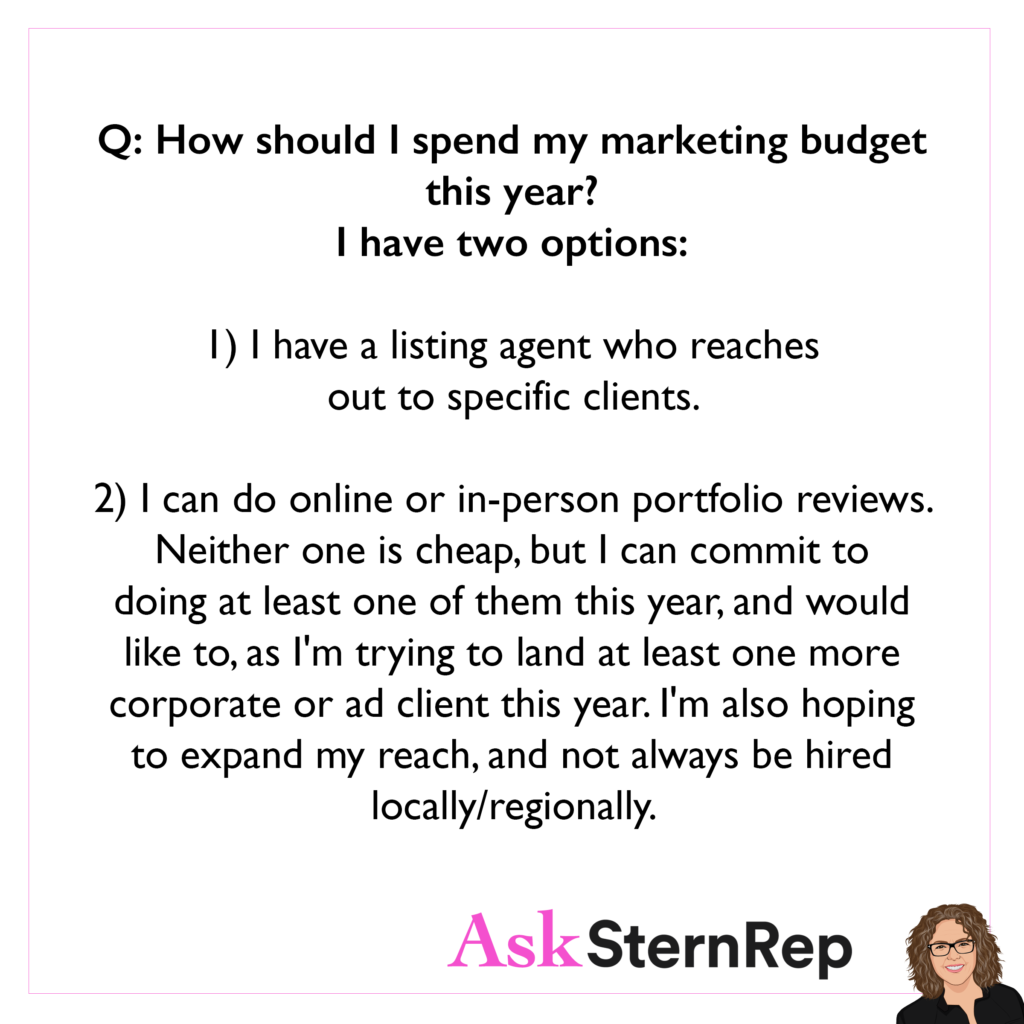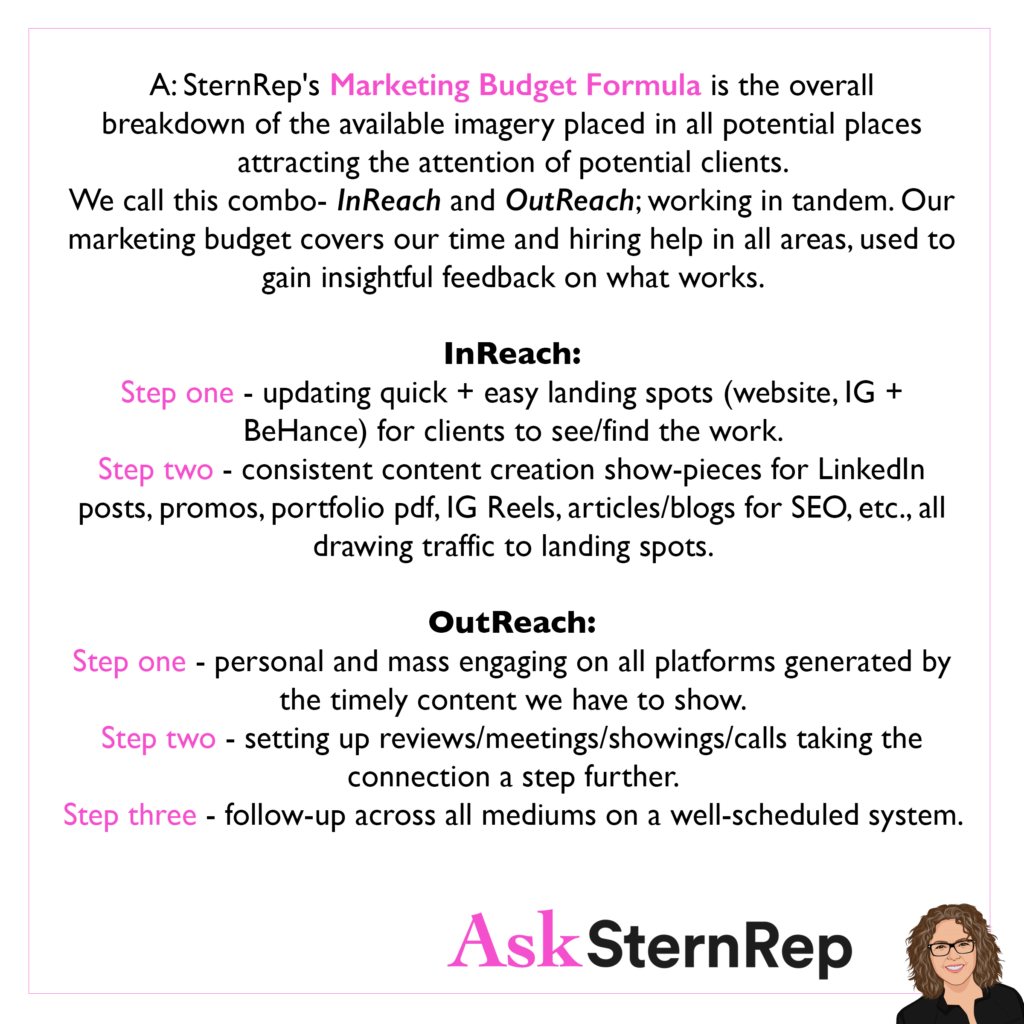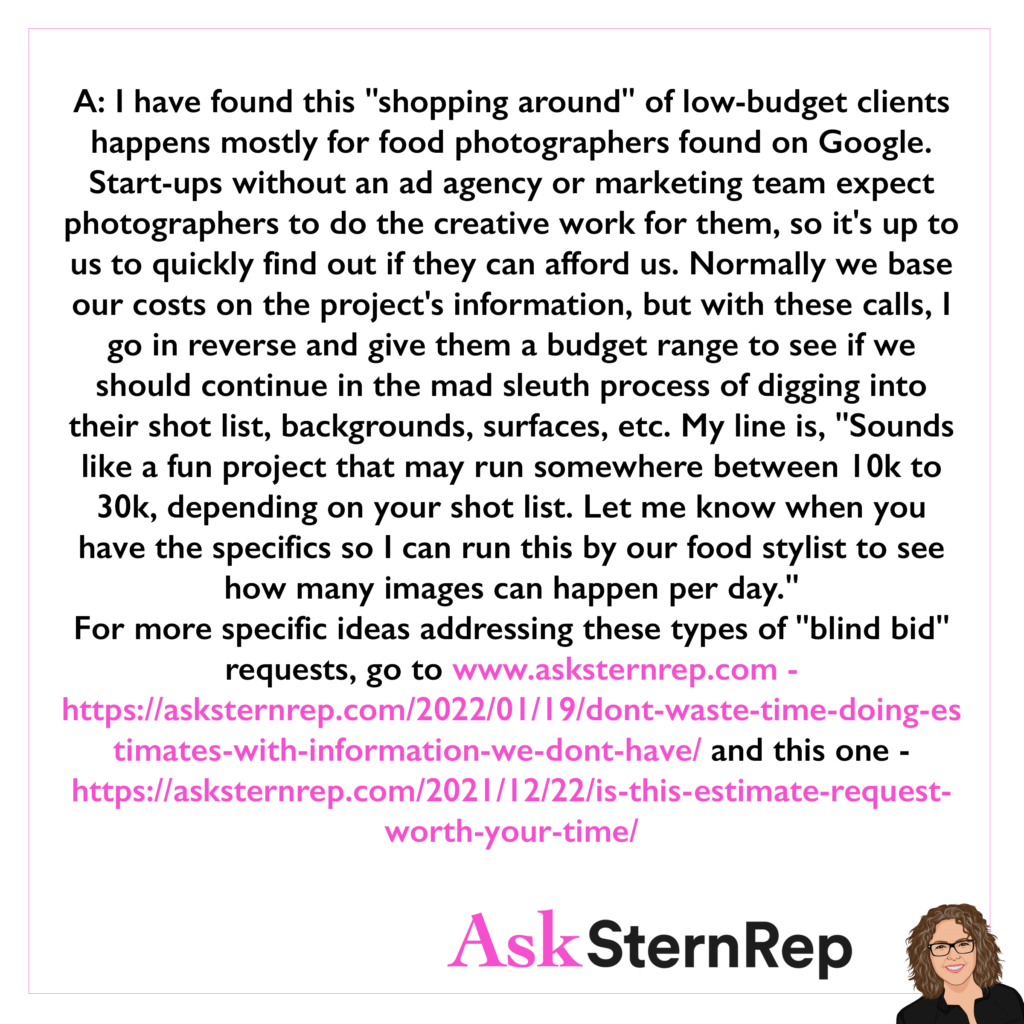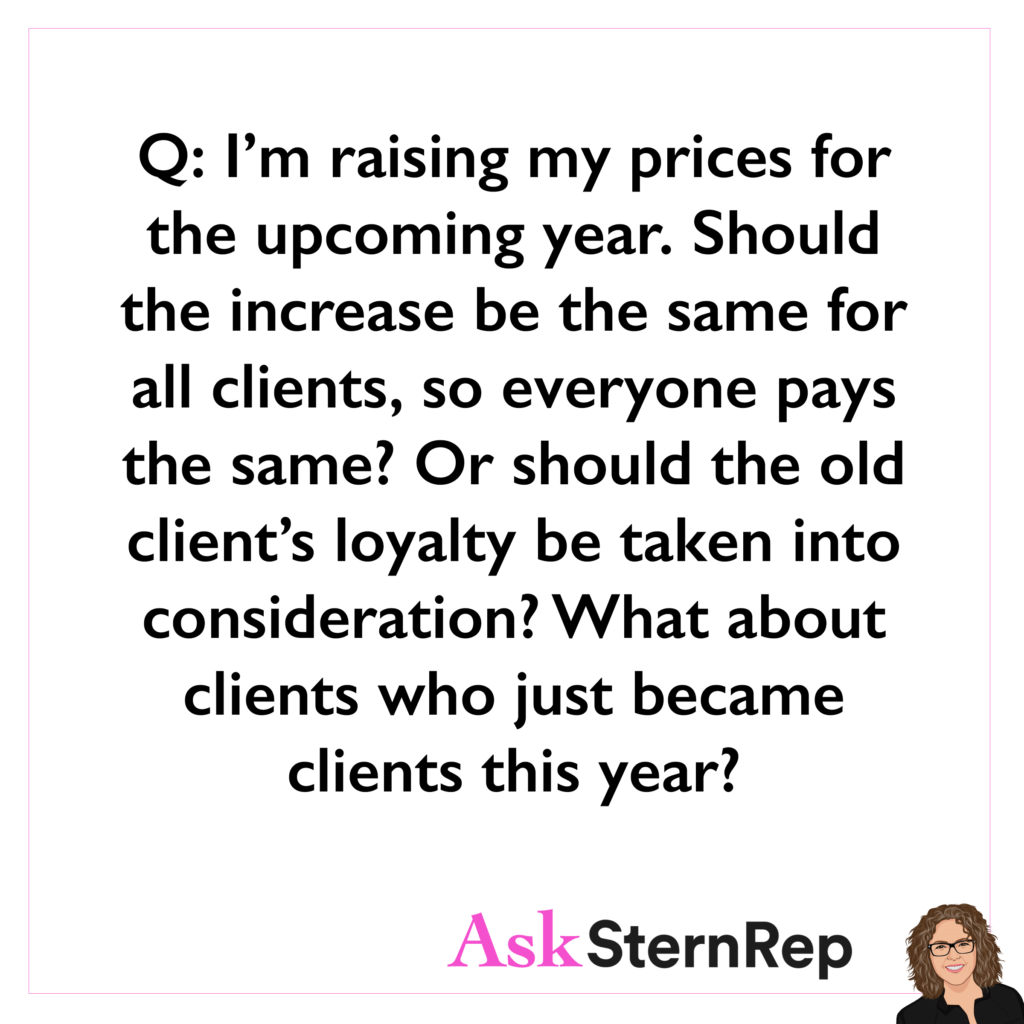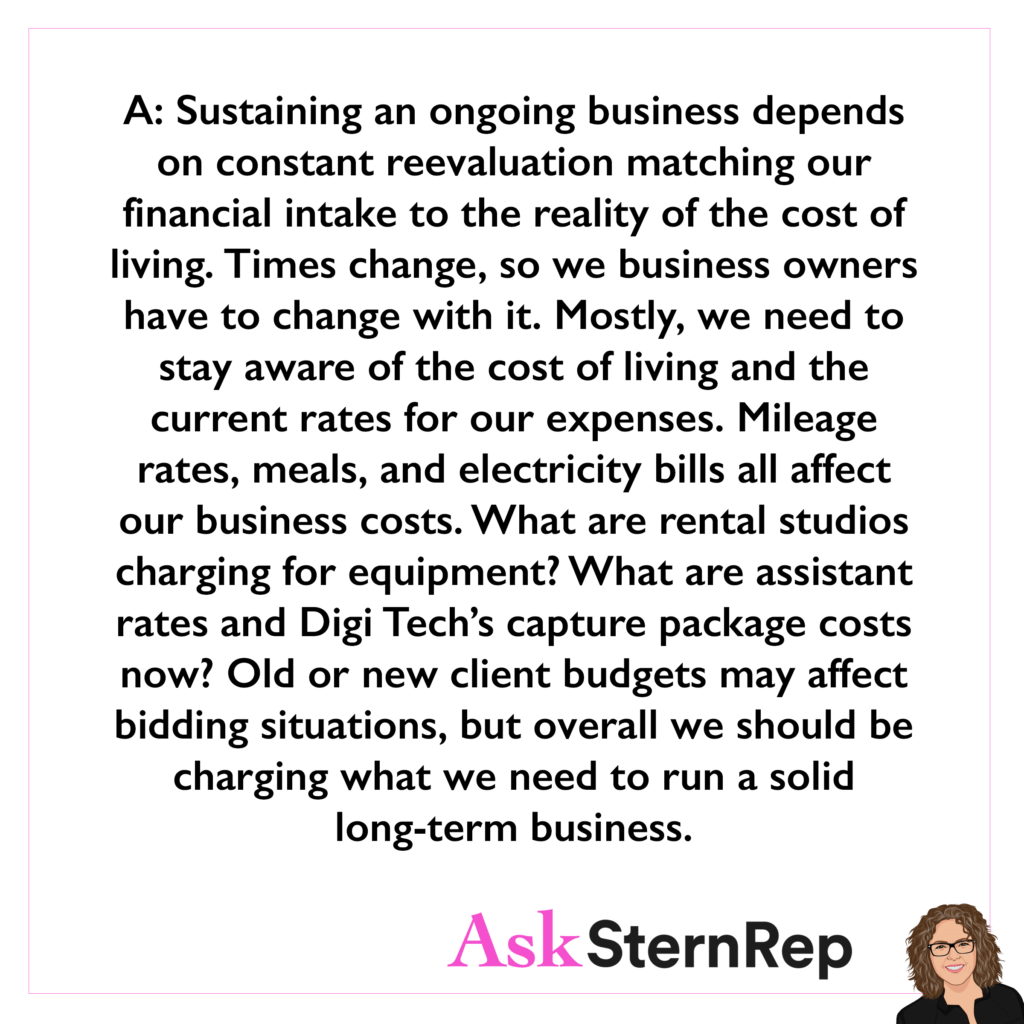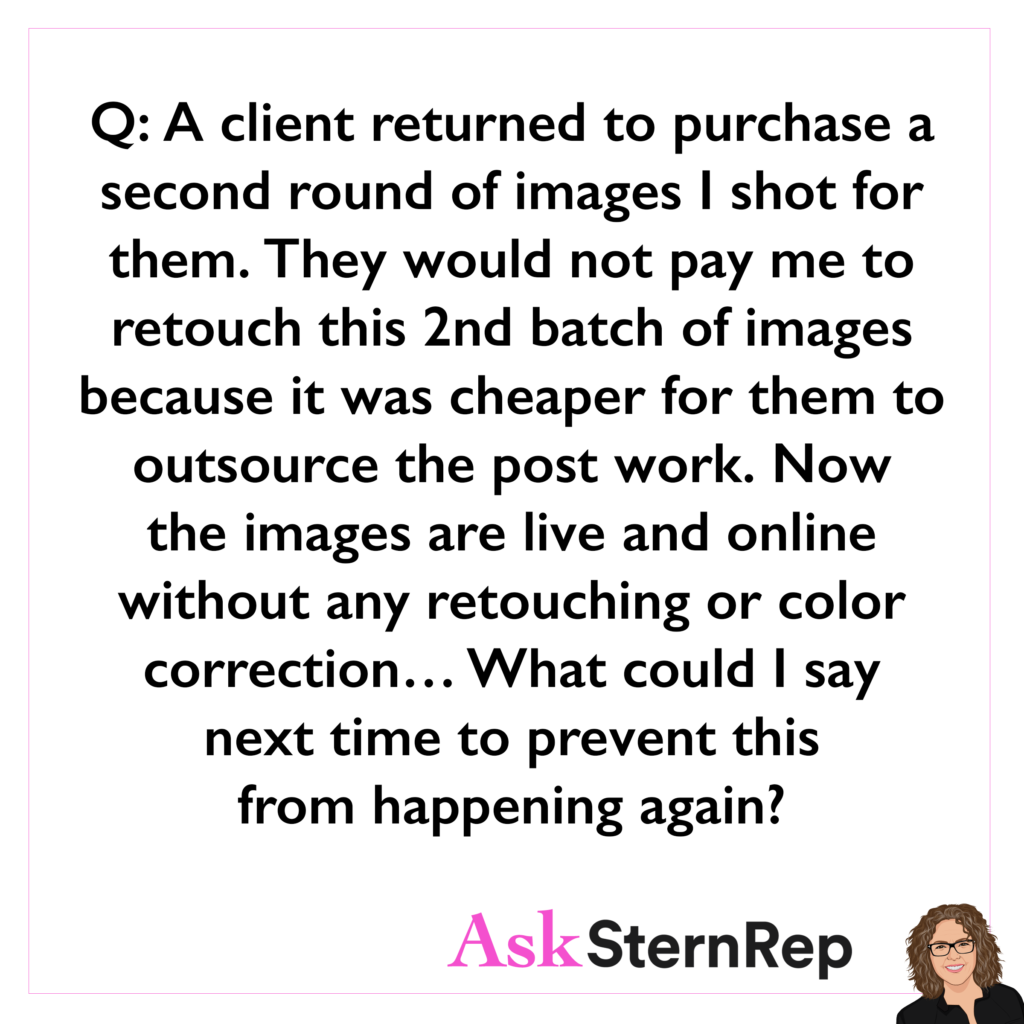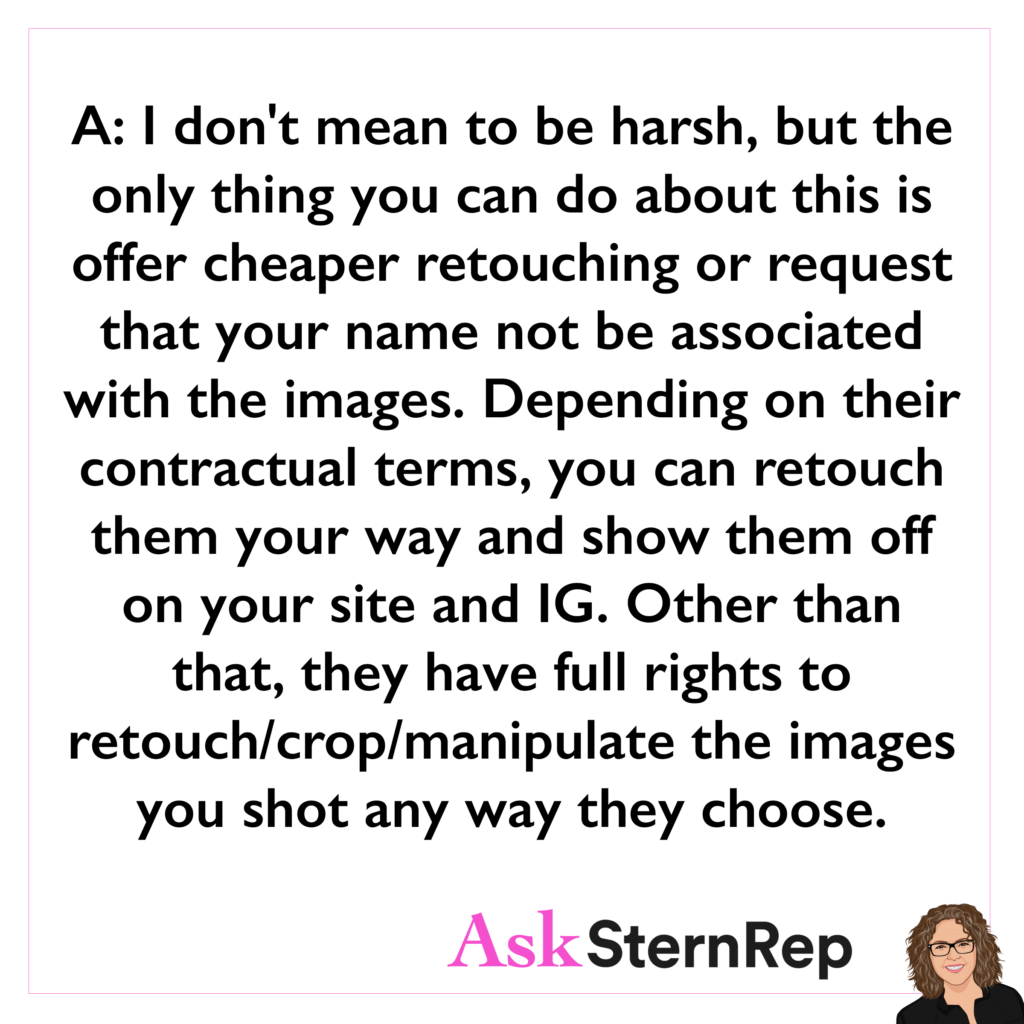Retouching rates leave ambiguity when it’s based on per image, so one way to protect your time spent is to make it a day rate. As you track your time, the client can be aware of the image(s) progression and even try to speed it along, helping them achieve more out of that 10-hour day they are paying.
When pricing retouching fees, it is important to be careful as clients and photographers may have different interpretations of what is being done, what is being supplied, and how many revisions are allowed. Feedback can become intense if not priced accordingly. One way to handle this is to charge a day rate for one 10-hour day, based on time instead of production level or the number of images. This makes it more about the retoucher’s time rather than the amount of images being worked on.



